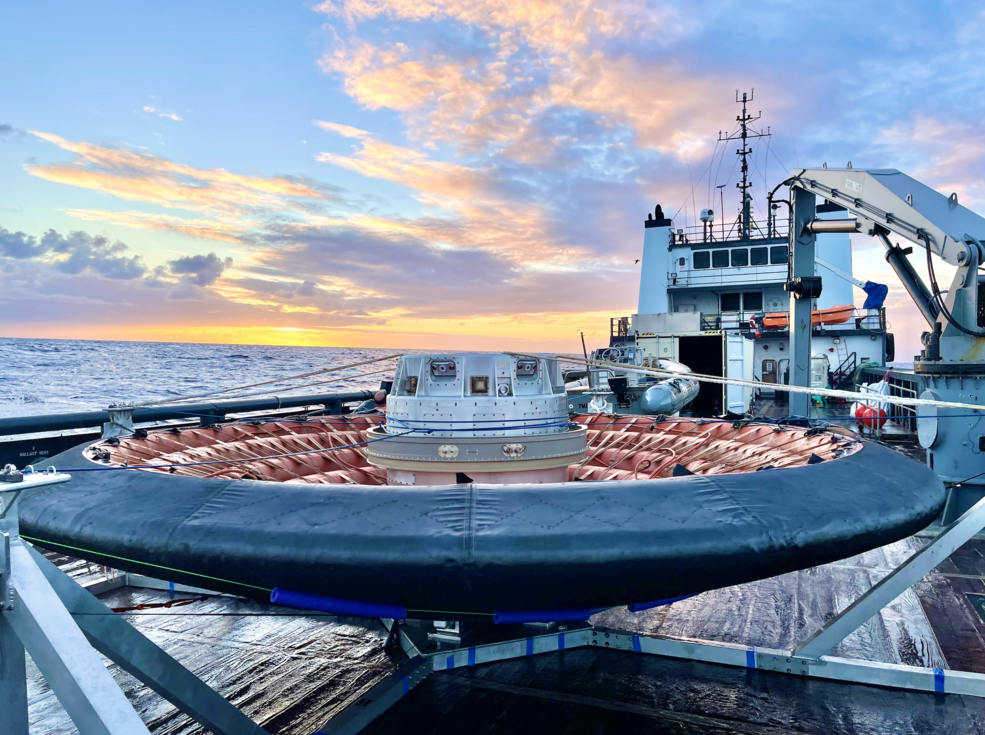NASA has announced the issuance of 11 contracts for the development of promising technologies that will ensure the long-term stay of people on the Moon and beyond. They cover various industries — from nuclear power to 3D printing.

The contracts were issued as part of the Tipping Point program. They will be funded by NASA together with industry partners. The total monetary contribution of the aerospace administration will amount to USD 150 million.
The following companies became recipients of the contracts:
- Astrobotic Technology, $34.6 million — Experiment on power transmission on the Moon.
- Big Metal Additive, $5.4 million — Study of the creation of space habitation structures with additive manufacturing.
- Blue Origin, $34.7 million — Power on the Moon based on the use of local resources.
- Freedom Photonics, $1.6 million — Highly efficient lidar for remote sensing of the Earth.
- Lockheed Martin, $9.1 million — Demonstration of space technologies.
- Redwire, $12.9 million — Manufacture of infrastructure from lunar regolith
- Protoinnovations, $6.2 million — COTS onboard software architecture for lunar surface movement operations
- Psionic, $3.2 million — Verification of landing technology on no-light areas of the Moon.
- United Launch Alliance, $25 million — Demonstration of inflatable heat shield technology.
- Varda Space Industries, $1.9 million — Technology transfer and commercial production of carbon ablator with phenolic impregnation
- Zeno Power Systems (Washington), $15 million — Universal radioisotope power source based on Americium-241 for the Artemi program
Five of these technologies will help humanity to explore the Moon. For astronauts to stay on its surface for a long time, they will need habitats, power supply, transport and other infrastructure. Two of the selected projects will use regolith to create such an infrastructure. In particular, Redwire is developing technologies that will allow the use of regolith for the construction of roads, foundations for inhabited objects and landing sites. Blue Origin’s technology will also help use local resources by extracting elements from the lunar regolith to produce solar panels and wires.
The Astrobotic project provides for the development of power transmission technology on the surface of the Moon, which is planned to be tested during a future mission. The company’s rover will unwind about a kilometer of cable, which will then be used to transmit power to it from the lander.
The remaining six projects will help create new opportunities in other areas of space exploration and Earth observation. Freedom Photonics will develop a new laser source that will create a more efficient lidar system. It will be able to detect methane in the Earth’s atmosphere, which will improve understanding of climate change processes.
The United Launch Alliance company will continue to develop the technology of inflatable heat shields that can be used to ensure the return of rocket components from Earth orbit for their reuse. It can also be useful for landing heavy loads on Mars.
Zeno Power will create a nuclear power source based on the Stirling engine. Instead of the traditional plutonium-238, it will use for the first time the more affordable isotope americium-241.
According to https://www.nasa.gov
Follow us on Twitter to get the most interesting space news in time
https://twitter.com/ust_magazine
